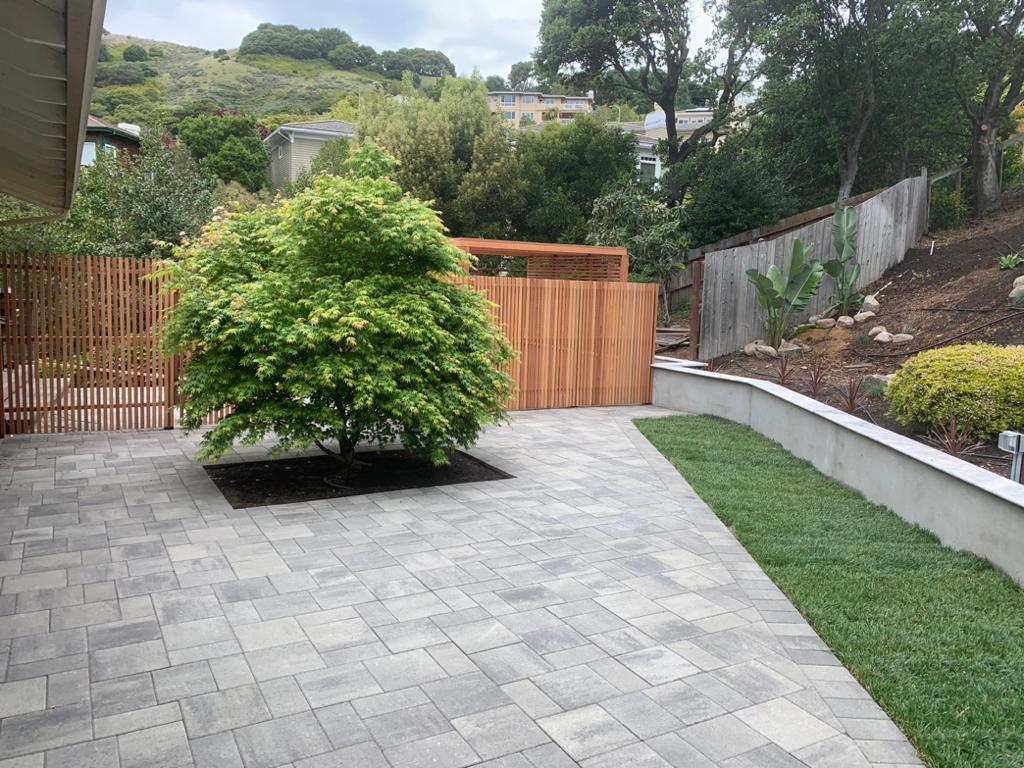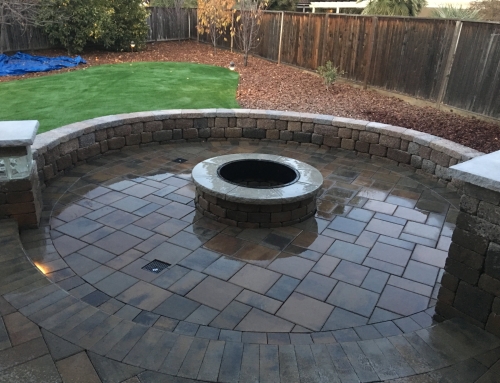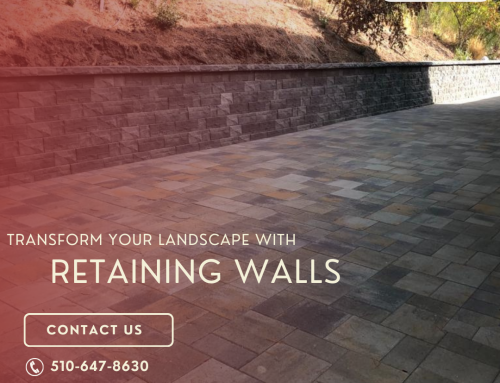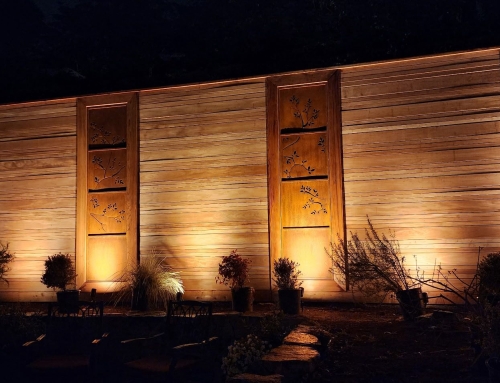When it comes to creating an outdoor space that is both functional and visually appealing, hardscaping plays a crucial role. Whether you’re designing a backyard retreat, improving your home’s curb appeal, or adding structural features to your landscape, hardscaping can transform your property into a lasting investment. But before diving into your project, it’s important to understand the different types of hardscaping, which options are most cost-effective, and what potential drawbacks you should consider.
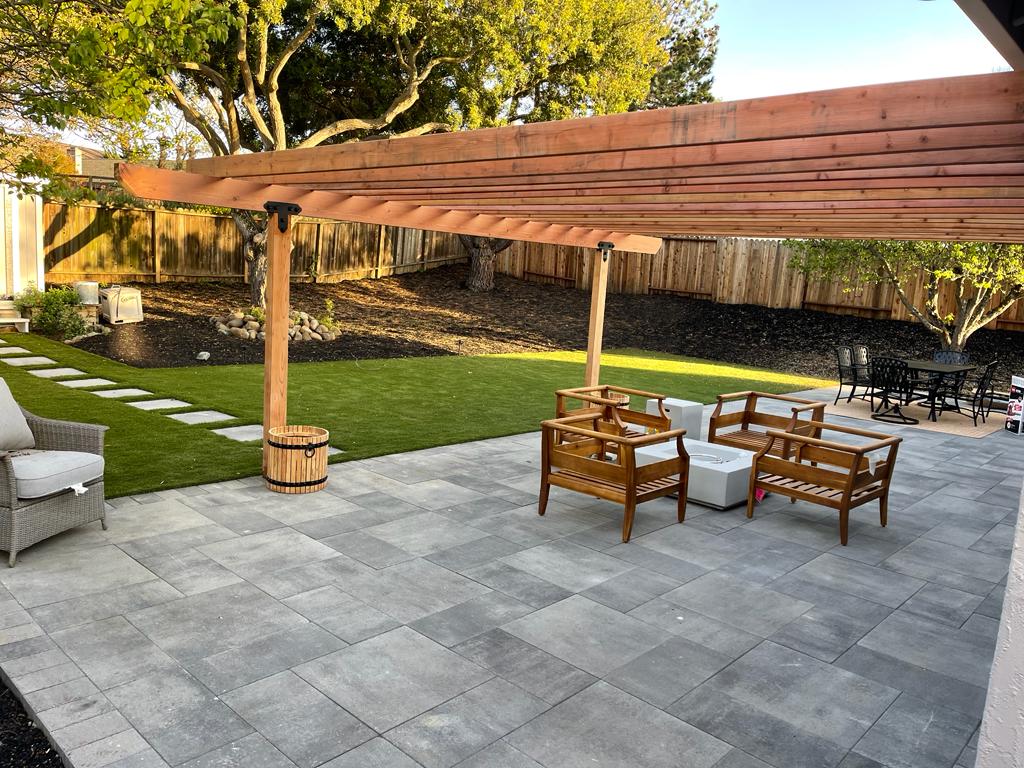
What Is Hardscaping?
Hardscaping refers to the non-living elements of landscaping that provide structure, design, and functionality to outdoor spaces. Unlike softscaping, which includes plants, trees, and lawns, hardscaping is all about the “hard” materials—stone, brick, concrete, wood, and metal. These elements define the layout of your space, create boundaries, and add practical features such as walkways, patios, and retaining walls.
Hardscaping is an investment in your property’s long-term usability and value. From small enhancements like a stone pathway to large-scale projects like outdoor kitchens or driveways, it allows homeowners to customize their spaces according to their lifestyle.
The Different Types of Hardscaping
Hardscaping encompasses a wide range of features, each serving its own purpose. Here are the most common types:
1. Patios
Patios are one of the most popular hardscape features, offering a designated area for relaxation, dining, or entertaining. Materials range from pavers and stamped concrete to natural stone and brick, each providing unique aesthetics and price points.
2. Walkways and Pathways
Walkways enhance the flow and connectivity of outdoor spaces. They guide movement and improve accessibility, often made from pavers, flagstone, gravel, or concrete.
3. Driveways
A driveway is not only functional but also an important design element that boosts curb appeal. Modern options include interlocking pavers, exposed aggregate concrete, and even permeable pavers for better drainage.
4. Retaining Walls
Retaining walls are essential for sloped properties, providing structural support to prevent soil erosion while adding a layered visual appeal. These can be constructed using concrete blocks, natural stone, or timber.
5. Outdoor Kitchens and Fireplaces
For homeowners who love outdoor living, hardscaped kitchens and fireplaces are a perfect choice. They extend your usable living space and add value to your home.
6. Decks and Pergolas
While decks and pergolas may incorporate some wooden elements, they fall under hardscaping as they create defined structures for outdoor use.
7. Water Features
Fountains, ponds, and waterfalls introduce movement and tranquility to a landscape, balancing the hard textures with the soothing element of water.
Each of these features can be tailored to suit the style and scale of your property, creating a cohesive and inviting outdoor environment.
What Is the Most Cost-Effective Hardscape?
Budget is often a key factor when planning any hardscaping project. The cost of hardscaping varies significantly depending on the materials used, the complexity of the design, and labor expenses. Here are some cost-effective hardscape options to consider:
1. Gravel Pathways and Driveways
Gravel is one of the least expensive hardscaping materials. It is easy to install, allows for natural drainage, and is ideal for pathways or driveways in less formal settings.
2. Concrete Patios
Concrete remains a highly affordable option for patios and walkways. Stamped or stained concrete can mimic more expensive materials like stone or brick at a fraction of the cost.
3. Timber Retaining Walls
For smaller retaining walls, treated timber can be a more affordable alternative to stone or concrete blocks.
4. DIY-Friendly Options
Prefabricated paver kits and modular systems allow homeowners to tackle simple projects themselves, saving on installation costs.
5. Permeable Pavers
Although slightly more expensive upfront, permeable pavers can save money in the long run by reducing drainage issues and stormwater management costs.
The key to cost-effectiveness is balancing material quality with long-term maintenance needs. While cheaper materials may save money initially, they can lead to higher repair or replacement costs down the line.
What Are the Drawbacks of Hardscaping?
While hardscaping offers numerous benefits—low maintenance, improved property value, and enhanced usability—it also comes with potential drawbacks. Being aware of these challenges can help you make informed decisions.
1. High Initial Cost
Hardscaping projects often involve significant upfront expenses. Premium materials like natural stone or custom-designed outdoor kitchens can quickly escalate the budget.
2. Limited Flexibility
Unlike softscaping, which can easily be changed by replanting or rearranging, hardscaping features are semi-permanent. Removing or altering them later can be costly and labor-intensive.
3. Potential Drainage Issues
Improperly designed hardscapes can lead to water runoff problems, pooling, or even foundation damage. This is especially true for impermeable materials like traditional concrete.
4. Heat Retention
Certain hardscaping materials, such as asphalt or dark pavers, can absorb and retain heat, making outdoor spaces uncomfortable during hot weather.
5. Environmental Impact
The production and installation of some materials, like concrete, can have a higher carbon footprint compared to natural landscaping elements.
6. Maintenance Requirements
Although generally low maintenance, hardscapes are not maintenance-free. Weeds may grow between pavers, and materials may crack, fade, or settle over time.
Making the Right Choice for Your Property
Choosing the right hardscaping features depends on your lifestyle, climate, budget, and aesthetic preferences. Here are a few tips for making the best decision:
-
Start with a plan. Assess your outdoor space and determine how you intend to use it—whether for entertaining, relaxing, or increasing property value.
-
Mix hardscaping with softscaping. A balanced design that incorporates greenery softens the look of hard materials and creates a more inviting environment.
-
Consider long-term costs. Invest in durable materials and professional installation to avoid frequent repairs or replacements.
-
Ensure proper drainage. Work with experienced professionals to design a hardscape that manages water effectively.
Why Hire Professionals for Hardscaping?
While some small hardscaping projects can be DIY-friendly, larger or more complex installations are best handled by professionals. A reputable team of Hardscaping Contractors in Berkeley CA can help you design, plan, and execute your project with precision, ensuring it lasts for years to come. From working with a paving contractor in Berkeley CA to installing a driveway with experienced driveway contractors in Berkeley CA, having the right team ensures quality, safety, and compliance with local codes.
Final Thoughts
Hardscaping is more than just adding pathways or patios; it’s about creating a functional and beautiful outdoor environment that reflects your personality and enhances your lifestyle. By understanding the types of hardscaping available, considering cost-effective options, and being mindful of potential drawbacks, you can make smarter decisions for your property.
Whether you’re dreaming of a cozy patio, a welcoming driveway, or a fully equipped outdoor kitchen, hardscaping offers endless possibilities. With the right planning and expert guidance, your outdoor space can become an extension of your home—one that is both durable and inviting.


